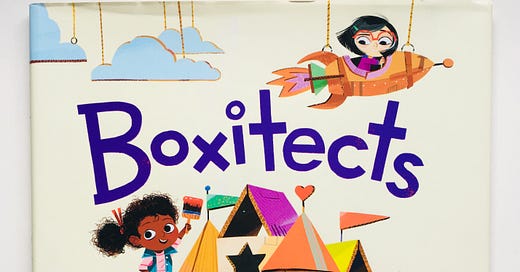“All sorts of things can happen when you're open to new ideas and playing around with things.”
Stephanie K. Wolek, chemist
Keep reading with a 7-day free trial
Subscribe to Can we read? to keep reading this post and get 7 days of free access to the full post archives.



